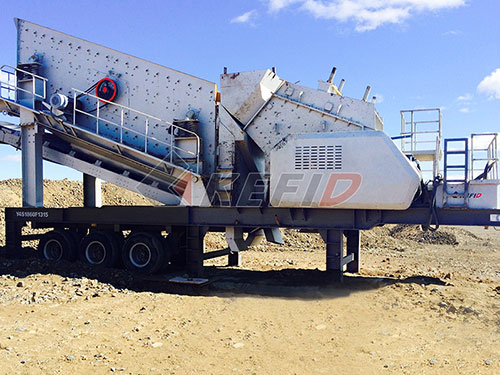The Unseen Powerhouse: Delving into the World of Crusher Devices
From the towering skyscrapers defining our cities to the intricate circuitry powering our devices, the modern world is fundamentally built upon processed raw materials. At the heart of this transformation lies a workhorse often overlooked yet indispensable: the Crusher Device. These robust machines are the primary stage in liberating valuable minerals from rock, reducing massive boulders into manageable fragments for further processing or direct use. Understanding their function, types, evolution, and critical role reveals the unseen power shaping our material existence.
The Fundamental Imperative: Why Crush?
The necessity for crushing arises from nature’s inconvenient packaging. Valuable minerals – iron ore for steelmaking, copper for wiring, limestone for cement and agriculture aggregates for construction – are typically locked within hard rock matrices in irregular sizes far too large for efficient transport or downstream processing (like grinding or chemical extraction). Crushing serves several vital purposes:
1. Size Reduction: Breaking large rocks into smaller fragments is essential for handling by conveyors and feeding subsequent stages like grinding mills.
2. Liberation: Fracturing rock along grain boundaries helps free valuable mineral particles from waste gangue material.
3. Preparation: Creating uniformly sized feed material optimizes efficiency in processes like grinding (where finer feed requires less energy) or leaching.
4. Volume Reduction: Reducing bulk makes transportation more economical.

5. Creating Specific Products: Crushers produce aggregates of defined sizes crucial for construction applications like concrete mix design or road base layers.

The Mechanics of Destruction: How Crushers Work
Despite their diverse forms, all mechanical crushers operate on fundamental principles of applying force to overcome the compressive strength of rock:
1. Compression: This is the most common mechanism found in jaw and cone crushers. Rock is squeezed between two rigid surfaces until its internal stress exceeds its strength limit, causing fracture.
2. Impact: Hammers or blow bars rotating at high speed strike incoming rock violently, shattering it upon impact and against breaker plates (found in horizontal shaft impactors – HSI) or anvils/cascading rock beds (found in vertical shaft impactors – VSI).
3. Attrition: Material is rubbed between two surfaces moving relative to each other under pressure (less common as a primary mechanism but occurs as a secondary effect).
4. Shear/Cutting: Involves cleaving material along planes using sharp edges (more typical in shredders than

Leave a Reply